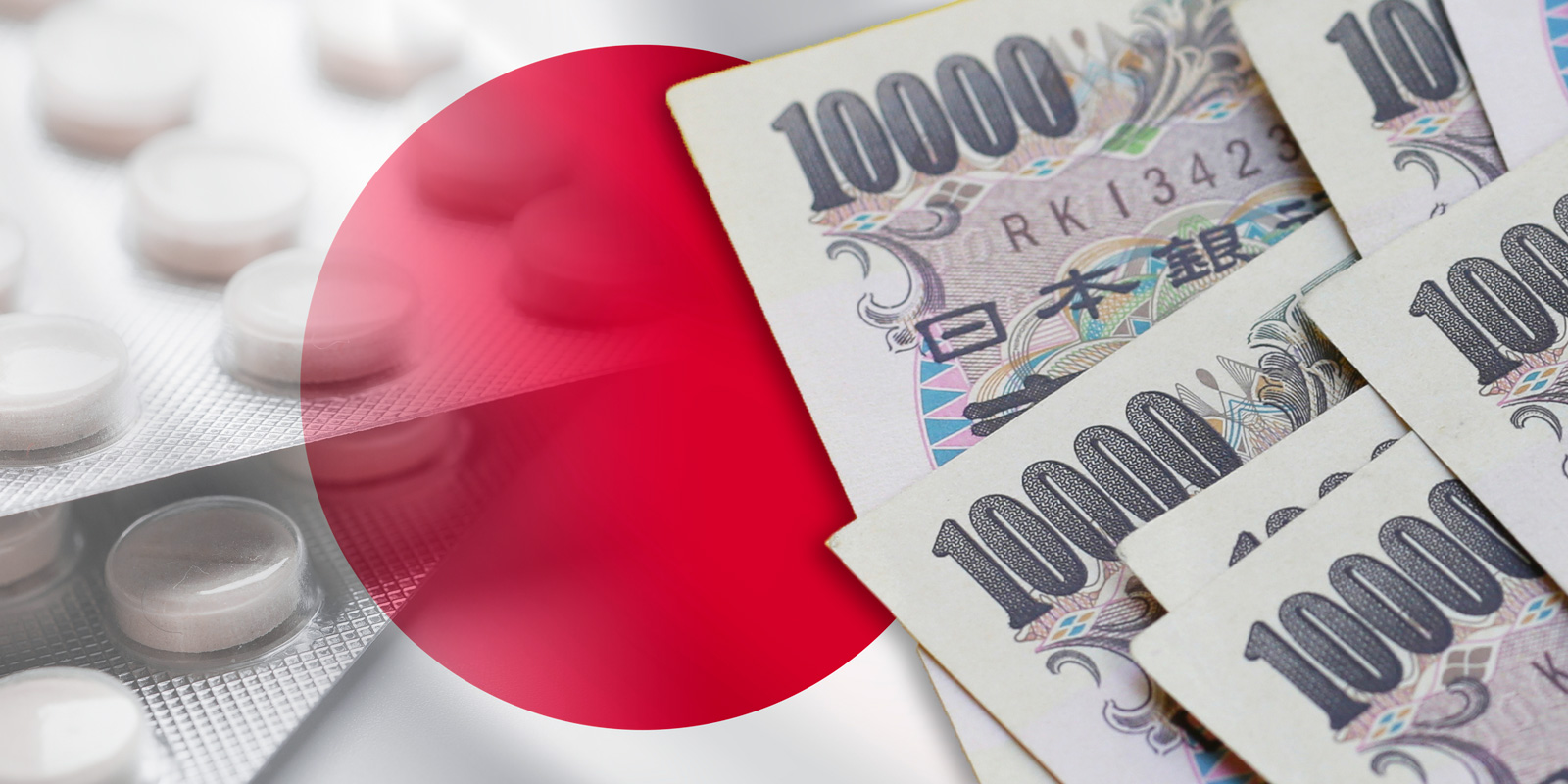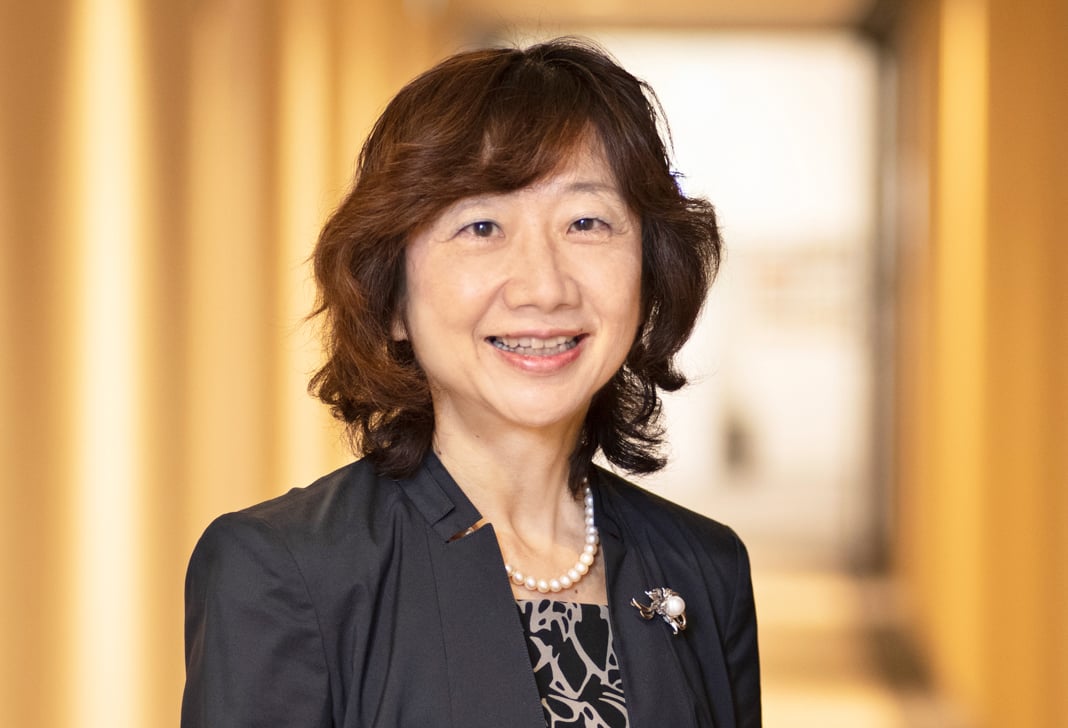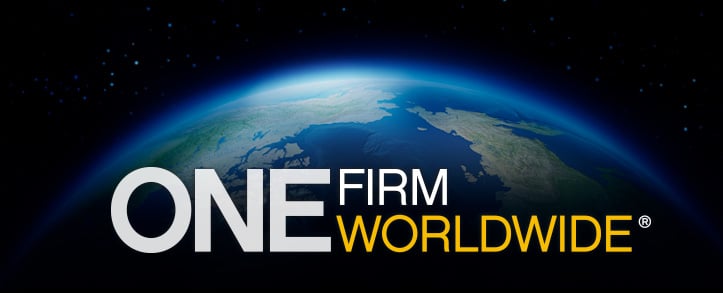
Japanese Court Shatters Previous Record for Damages Award in a Patent Infringement Case
On May 27, 2025, the Intellectual Property High Court of Japan awarded plaintiff Toray Industries, Inc. ("Toray") ¥21.76 billion (US$151 million; €133 million) in damages for patent infringement by defendants Sawai Pharmaceutical Co., Ltd. ("Sawai") and Fuso Pharmaceutical Industries, Ltd. ("Fuso").
Japanese courts have traditionally had a reputation for not awarding large damages awards in patent infringement cases, especially compared to the United States. However, this recent award more than doubled the largest damages award previously awarded in a Japanese patent infringement case.
The case involved Toray's Japanese Patent No. 3531170, a compound patent directed to nalfurafine, a drug for treating itching in dialysis and chronic liver disease patients. The patent had been granted a five-year patent term extension, and the court decided the defendants' generic products infringed the patent during the period of extension. The decision gained attention for the court's analysis of infringement of an extended patent by generic products that differ only slightly from the originator's product. Overshadowed, however, was the fact the court's damages award shattered the previous record.
The previous record was ¥8.4 billion (US$63.5 million or €72.4 million at the time), awarded on March 19, 2002, in "the Pachinko Case," named after the infringing products, a mechanical arcade game often compared to a slot machine or pinball.
Before that, the record was ¥3.06 billion (US$25.7 million at the time), awarded on October 12, 1998, to SmithKline Beecham in "the Cimetidine Case," another pharmaceutical case against a generic manufacturer.
By comparison, the court in the Toray case ordered Sawai to pay ¥14.29 billion (US$99 million, €88 million), and Fuso ¥7.47 billion (US$52 million, €46 million). The Pachinko Case also involved two defendants: They were ordered to pay ¥7.4 billion (US$55.9 million, €63.8 million at the time) and ¥1.0 billion (US$7.6 million, €8.6 million at the time) respectively. Accordingly, the ¥14.29 billion award against Sawai is by far the largest damages award in a patent infringement case against a single defendant.
The Toray case is on appeal to the Supreme Court of Japan as of this writing.
In Japan, damages awards can be calculated on the basis of: (i) the patent owner's lost profits; (ii) the defendant's profits; or (iii) reasonable royalty.
Japanese courts regularly grant a permanent injunction against a defendant after a finding of patent infringement. In the Toray case, there was no permanent injunction because the court of first instance (Tokyo District Court) found no infringement, and Toray withdrew its request for an injunction when it filed its appeal with the IP High Court. When the IP High Court reverses a district court's finding of non-infringement, it goes on to calculate the damages award without remanding back to the district court.
With this most recent decision, there is now further incentive for patent owners to enforce patents in Japan.




